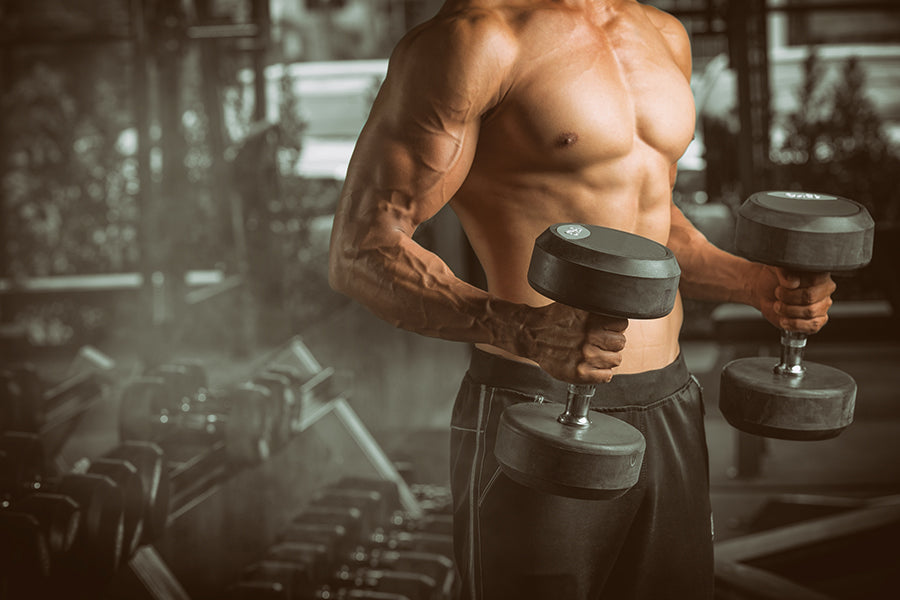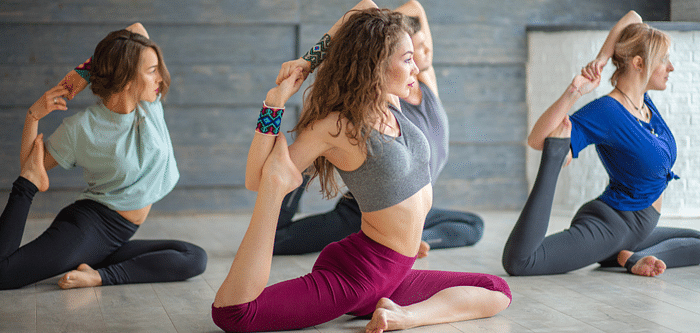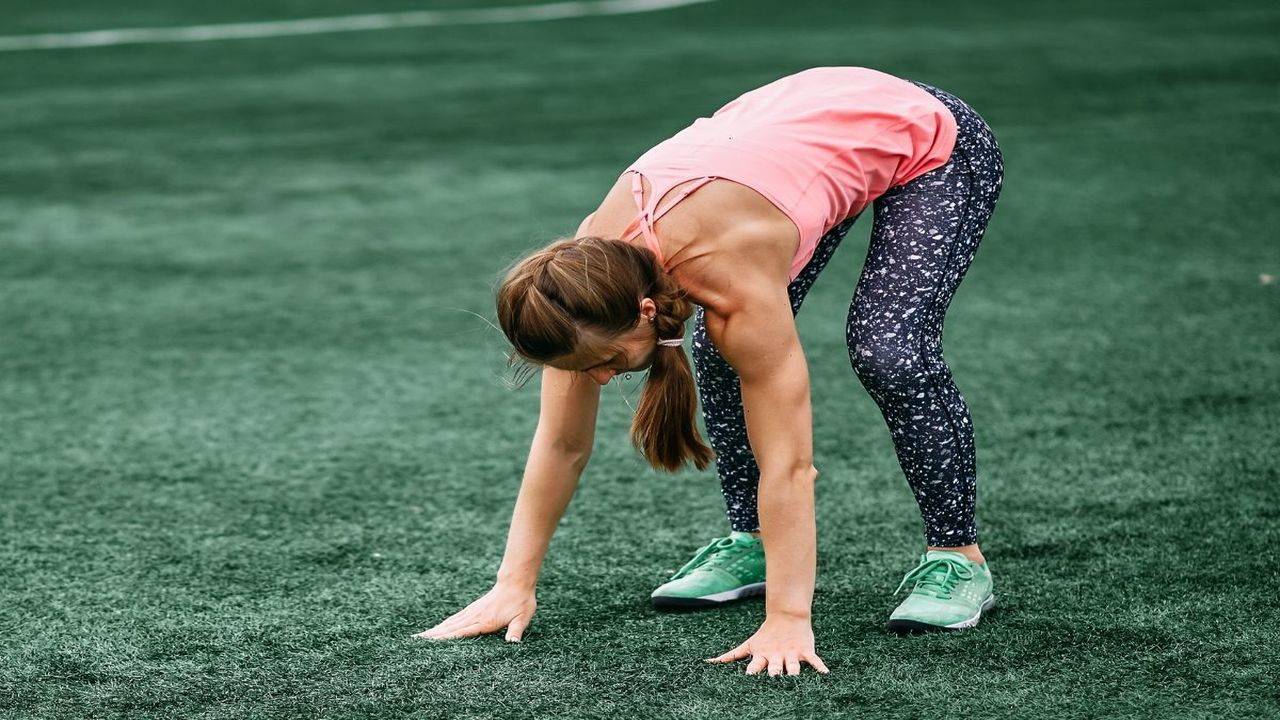Every guy wants bigger biceps. It’s the first muscle most of us flex when someone says, “Show me your guns.” But here’s the thing — if you’ve been curling the same way for months and wondering why your sleeves still feel loose, you’re missing the point.
Building shirt-busting biceps isn’t about doing 20 sets of sloppy curls. It’s about hitting your arms smart, feeling every rep, and picking exercises that force your biceps to grow from all angles. So, ditch the marathon curl sets for a second and let’s dial in three proven bicep builders that deliver real size.
Why Focus on Just Three Exercises?
Because you don’t need a circus routine to blow up your biceps. You need good form, heavy enough weight, and enough time under tension to make those muscle fibers scream (in a good way). These three moves cover the big basics: a classic curl, an angle for stretch, and an isolation squeeze. Stick to these, train with intent, and your sleeves won’t stand a chance.
Exercise 1: Standing Barbell Curl
If you only did one bicep exercise forever, this is it. The standing barbell curl is the king of bicep moves for a reason.
Why it works: It lets you move serious weight, hits both heads of the bicep, and is easy to progress. Heavy barbell curls build that dense meat on your arms that shows up even under baggy shirts.
How to do it right:
- Grab a barbell with an underhand grip, hands shoulder-width apart.
- Stand tall, shoulders back.
- Curl the bar up while keeping your elbows pinned to your sides. Don’t swing — let your biceps do the work.
- Squeeze hard at the top, then lower the bar slowly for a solid negative.
Sets and reps: 4 sets of 6-8 reps. Heavy and clean. Rest 2 minutes between sets. Go up in weight once you can hit all reps with good form.
Pro tip: If you want an extra pump, on the last set do a slow negative — take 3-4 seconds to lower the bar.
Exercise 2: Incline Dumbbell Curl
You can thank the incline dumbbell curl for that deep stretch you’ll feel tomorrow. This move puts your biceps in a stretched position that the standing curl just can’t match.
Why it works: When your arms hang behind your body, your biceps have to work harder through the bottom half of the lift. That stretch under load is gold for muscle growth.
How to do it right:
- Set an incline bench at about 45 degrees.
- Sit back, let your arms hang straight down with a dumbbell in each hand.
- Curl both weights up at the same time, keeping your upper arms still.
- Squeeze at the top, then lower all the way down for a big stretch.
Sets and reps: 3-4 sets of 8-10 reps. Rest 90 seconds between sets. Pick a weight you can control — no heaving them up.
Pro tip: If you want a brutal finisher, do partials at the bottom half after you fail. That’ll make you question why you ever wanted big arms.
Exercise 3: Preacher Curl (or Machine Curl)
The preacher curl might be old-school, but it works. It locks your arms in place so your biceps can’t cheat. It’s all tension, all squeeze.
Why it works: The preacher pad keeps your elbows from drifting, which kills momentum and isolates your biceps. You get a peak contraction that lights up that baseball bump on your arm.
How to do it right:
- Sit at a preacher bench or use a preacher curl machine.
- Grip an EZ-bar or dumbbell with an underhand grip.
- Rest your upper arms flat on the pad.
- Curl the weight up, squeeze at the top.
- Lower slowly until your arms are almost straight.
Sets and reps: 3-4 sets of 10-12 reps. Rest 60-90 seconds between sets. Focus on squeezing each rep like you’re trying to cramp your biceps.
Pro tip: Don’t rush these. Slow down the lowering. This time under tension is what makes preacher curls so effective.
Putting It All Together: Sample Bicep Routine
Here’s how you can run this in your week. Do it on its own arm day or after back day.
1. Standing Barbell Curl: 4×6-8
2. Incline Dumbbell Curl: 4×8-10
3. Preacher Curl: 4×10-12
You can also add some forearm work if you want — hammer curls or reverse curls will help your arms look thicker and support your grip strength too.
Tips to Make These Moves Even Better
A few small tweaks make a big difference:
- Don’t swing your reps: Momentum is the enemy. If you’re rocking back and forth, the weight’s too heavy.
- Control the negative: Lowering the weight slowly tears more muscle fibers (in a good way). That’s where the growth happens.
- Use full range: Don’t stop short. Stretch at the bottom, squeeze at the top.
- Train to near failure: The last few reps should be hard but clean. If you’re breezing through, add weight.
How Often Should You Train Biceps?
Twice a week works for most people. You can hit them once directly on arm day and once indirectly when you train back (rows and pull-ups smash your biceps too). Just make sure they’re recovered before you hit them again.
Eat and Rest for Bigger Arms
You can do the best curls in the world, but if you’re not eating enough or sleeping well, your biceps won’t grow. Make sure you’re eating a calorie surplus if you want bigger arms. Protein is your best friend — aim for 1 gram per pound of body weight minimum. Sleep at least 7-8 hours. Growth doesn’t happen in the gym — it happens when you rest.
Final Thoughts
Building big biceps doesn’t need 10 fancy exercises and 50 sets. Just three well-picked lifts, good form, smart weight progression, and the discipline to stick with it will get you there.
Next time you roll up your sleeves, you’ll see the payoff — thick peaks that actually test your shirt seams. So load up that bar, find your bench, and curl like you mean it.









